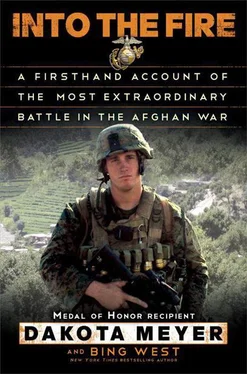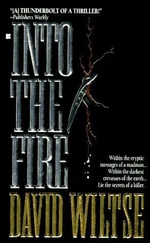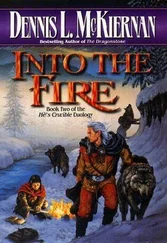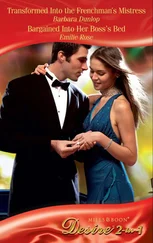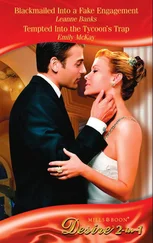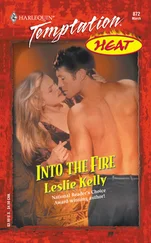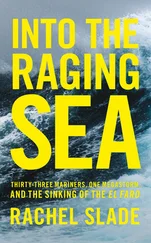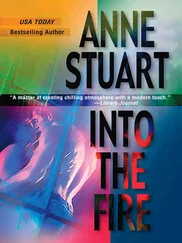The enemy fire was holding steady, with occasional mortar rounds and RPGs mixed in with the PKM machine guns and the heavy DSHKA. The angle of the fire had shifted southeast, indicating to Fabayo that the Command Group was being cut off.
After an hour with no helicopter gunships or artillery response, the villagers joined the winning side. Fabayo sensed that more and more men were shooting at him from inside the town. Lying behind a dirt mound, he saw flashes coming from a house on a hill to his right. Fabayo blasted the window of the mud house and the fire from that spot ceased. A woman in a red and purple dress was carrying ammunition from one house to the next. Swenson saw another woman stacking rocks to make a fighting position; he didn’t shoot at her.
With the villagers spontaneously contributing a base of fire from the shelter of their houses, the hard-core enemy fighters seized the opportunity to sneak behind the terrace walls to cut off the Command Group. Fabayo saw that the far ambush was becoming a near ambush.
The Command Group had to pull back. Swenson and Fabayo provided covering fire as Maj. Williams and 1st Sgt. Garza fell back, with rounds hitting at their feet. The reporter who was with them chose not to risk the run. He remained on the ground, with his face in the dirt. Williams and Garza were running in the open with machine-gun rounds striking in front of them. Garza sprawled flat just in time to avoid a burst right over his head. Next, an RPG exploded near him, throwing him to the ground. Dazed, he struggled up. Williams grabbed Garza and pulled him behind a terrace wall.
Lt. Johnson and Team Monti were still holed up in a house as the Command Group fell back to avoid being surrounded.
As we moved forward for the third time, the TOC had finally ordered the Army platoon—Dog 3-2—to move forward. They pulled in behind us, with the platoon leader in a Humvee with an anti-tank TOW missile on the roof. The TOW made no sense to me, but the truck was equipped with a 240 machine gun. Behind him were twenty U.S. soldiers in four heavily armored vehicles.
“You rolling with me, Lieutenant?”
I was confirming what I took for granted.
“I’ll scout the route first, before I bring my platoon in. The terrain may be too tough.”
He refused to put his soldiers into the Afghan vehicles. I could understand that.
“Okay. I go first,” I said. “You cover our six. The Afghans will be behind you.”
I waved to the Afghans standing beside their trucks.
“Burayam! Let’s go!” I said.
We headed down the trace, with Valadez giving us directions. It was about 0645. As we bounced forward, I heard Team Monti again come up on the radio.
“We’re under fire,” Lt. Johnson said. “We’re surrounded!”
* * *
The Command Group had now fallen back into the terraces below North Ganjigal. They were spread out, but close enough to shout back and forth. Lt. Fabayo saw our Humvee a few hundred meters to the west, well behind his forward position. He urged the Askars huddled around him not to get up and run toward us. He pointed to a dead Askar nearby.
“If you stand up,” he shouted, “that’s going to happen to you. You got to keep calm.”
Swenson’s interpreter, Shafi, was listening on his handheld when an insurgent leader came up on the border police radio net. The insurgent had either taken the handheld from a dead policeman or had bought it in the market. The police, the Askars, and the Taliban all used cheap, commercial handhelds and often hurled insults at one another.
“The Russians made the same mistake coming here,” the insurgent said in Pashto. “The elders invited you in; I decide if you leave. You must surrender.”
Shafi yelled the message across to Swenson, who dismissed the taunts as crazy talk. Fabayo was lying nearby behind a small mound of dirt to avoid the grazing fire of a machine gun. He heard some shouts in Pashto, something about giving up. He glanced up to see what he thought were four Askars in Kevlar helmets, their gear askew, coming around the side of a terrace. He yelled at them to get down.
But the soldier in the lead had a beard, a green chest rig, an armored vest, and cream-colored pants. He was no Askar. When the soldier raised an AK, Fabayo shot him in the chest. Low on ammunition, Fabayo then scrambled over to Williams to get more magazines. The three other dushmen hesitated long enough for Swenson to lock eyes with a man wearing a black helmet. Then the enemy slid back around the corner. Swenson reached into his pack, took out a grenade, lobbed it over the terrace wall, and ducked.
I hope I pulled the cap off the grenade , he thought. I don’t want some kid to find it intact and blow himself up .
The grenade detonated and the fighters did not reappear. Rahimula, Major Williams’ interpreter, was then shot and killed. More dushmen were moving in from the terraces to the south to cut them off. Fabayo took a head count before falling farther back.
“Where’s the reporter?” he yelled. “Where’s the reporter?”
Swenson thought the reporter was dead. But after about twenty-five minutes, he risked the fire and ran back to the Command Group. Fabayo’s M4 had jammed and Swenson, who carried five hundred rounds for his M4, was busy providing suppressive fire for the entire command party. Fabayo checked on the three wounded Askars lying a few feet away. One had been shot again in the back and had died. Fabayo was soaked in so much blood that the notepad in his pocket had crumbled. Off to his left, he saw a bleeding Askar jump down from a higher terrace, screaming for help. Fabayo started to crawl to him when he heard Williams yell, “I’m hit!”
“You okay, Major?” Fabayo shouted.
Williams had been hit in the inside of his left forearm.
“I’m fine,” Williams said. “Keep going!”
Fabayo reached the Askar, who had been shot in the lower stomach. As he applied an H bandage, two other Askars straggled over to him. Both Lt. Rhula and his first sergeant had been shot in their thighs. Fabayo cut away their trousers, wrapped the wounds in gauze, and handed them anti-infection pills.
Several meters away, Garza and Sgt. 1st Class Westbrook, Swenson’s NCO, were firing steadily.
Fabayo was pinned down by the machine-gun fire when he heard Garza yell, “Sergeant Westbrook’s been hit!”
Garza ran over to Westbrook, who, with blood oozing from his neck, was struggling to get to his feet. Rounds were zipping past as the dushmen aimed in to finish him.
“Stay down!” Garza said, looking at the wound. “Stop trying to get up. You’ll get shot.”
The three wounded Askars crawled to the stone wall holding up the edge of the terrace and dropped down to the next terrace, leaving Fabayo alone. Swenson looked back to see one Askar stand up and take a bullet in the neck.
Garza, out in the wash thirty meters away, yelled for help moving Westbrook out of the line of fire. The reporter rushed out and together they pulled Westbrook back. Fabayo dropped his first-aid bag and sprinted across to Garza, who was holding Westbrook’s hand and reassuring him. Westbrook was heavy, and it took the reporter, Garza, and Fabayo pulling together to carry him behind a terrace wall.
A bullet had entered Westbrook’s neck near the shoulder blade and ricocheted downward, a dangerous but not fatal wound. Swenson applied Quick Clot powder and a bandage to seal off the bleeding.
The fight had been raging for over ninety minutes and the chain of command throughout Kunar Province was on alert. Procedures for releasing helicopters had been unsnarled, and two OH-58 Kiowas were en route to the valley. At 0715, they contacted Swenson.
“Highlander, this is Pale Horse,” the PC (pilot in command) radioed. “What do you need?”
Читать дальше
